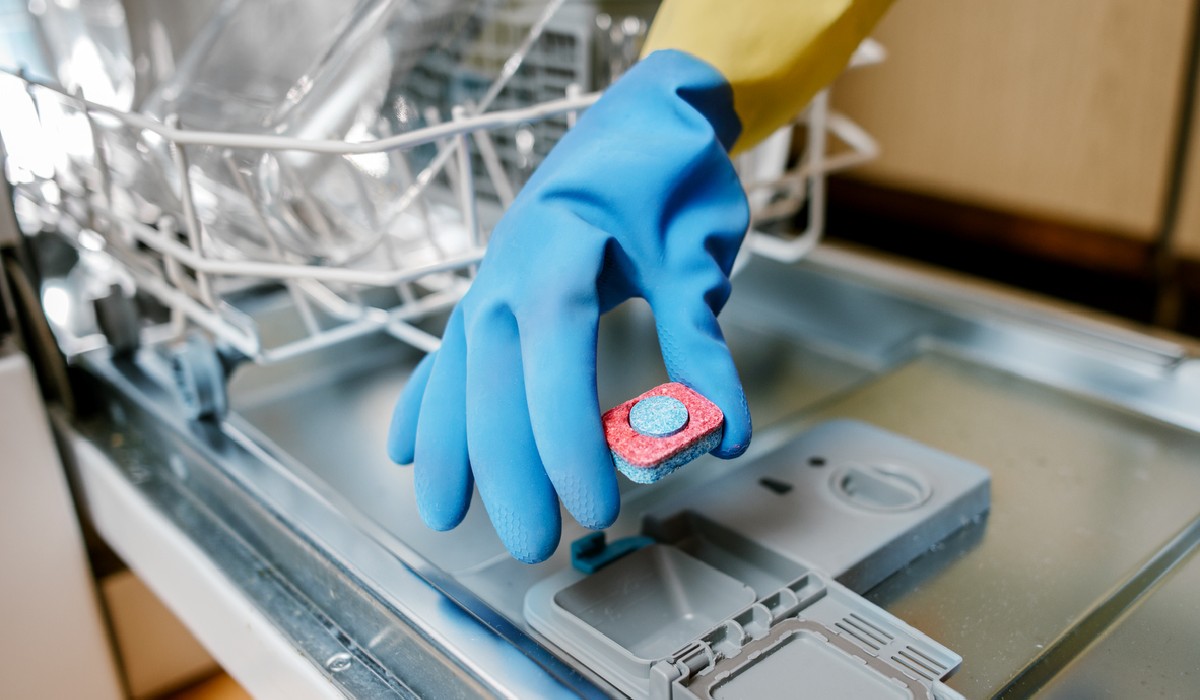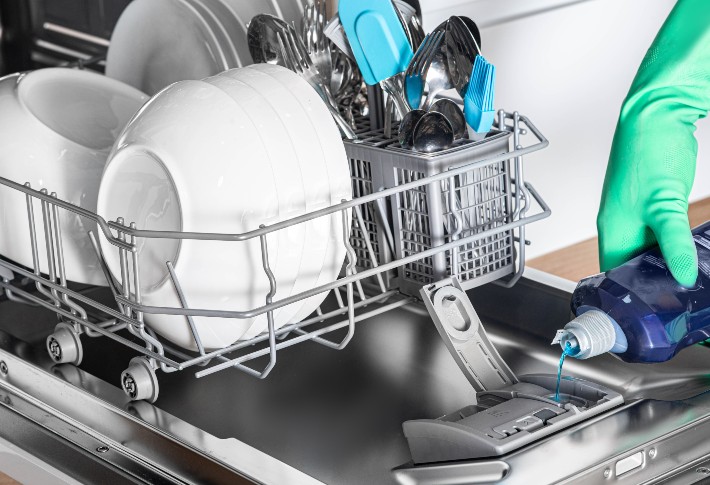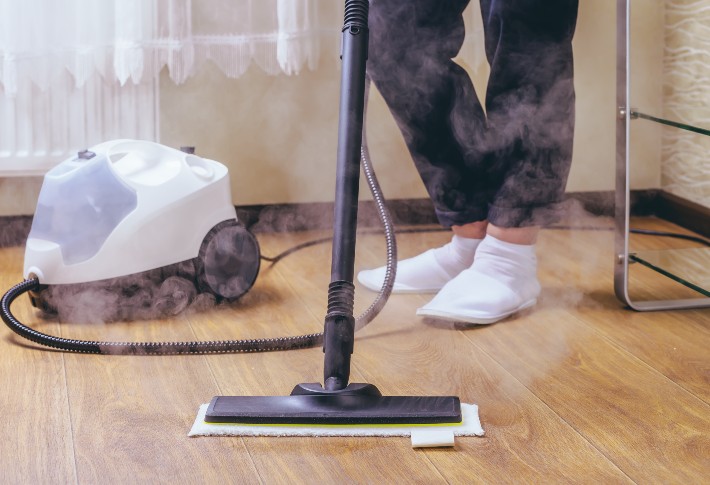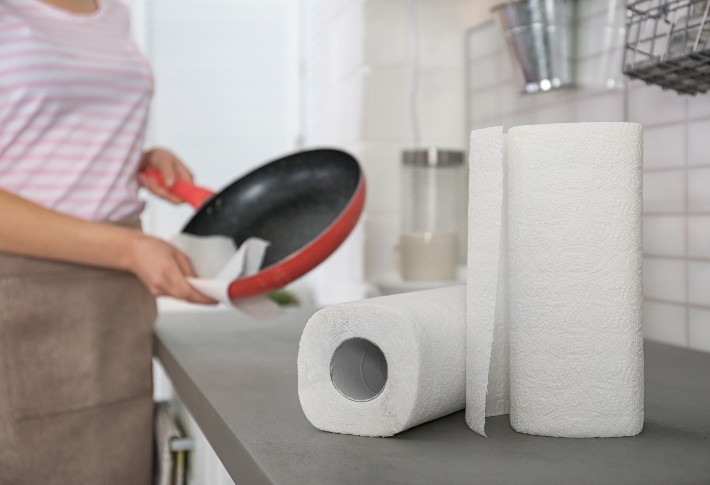Is Your Dishwasher Giving You Trouble? This Might Help!

If your dishwasher isn’t running smoothly or you added way too much (or the wrong kind of) soap and have a sudsy mess on your hands, then you might want to consider using a defoamer. In this blog post, we’ll explain what a defoamer is, how it works, and the benefits of using one. We’ll also provide some tips on how to use a defoamer effectively, so you can get your dishwasher back to working efficiently in no time.
What Is a Defoamer?
A defoamer is a substance that is added to a liquid to reduce or prevent the formation of foam. Foam can cause all sorts of problems, such as clogging pipes, limiting the amount of liquid that can occupy a space, or making it difficult to see through a liquid.
How Does a Defoamer Work?
Defoamers work by either reducing the surface tension of the liquid or by adsorbing onto the surface of the bubbles and preventing them from combining. By reducing the surface tension, defoamers make it harder for the bubbles to form in the first place. By adsorbing onto the surface of the bubbles, defoamers prevent the bubbles from coming together and forming foam.
In the context of a dishwasher, particularly one that’s full of bubbles, a defoamer works to help prevent foam from forming or overwhelming the appliance and leaving your dishes covered in soap.
The Different Types of Defoamers
There are two main types of defoamers: silicone-based defoamers and non-silicone-based defoamers. Silicone-based defoamers are made from polydimethylsiloxane, which is a type of silicone oil. Non-silicone-based defoamers are usually made from fatty alcohols, mineral oils, or hydrocarbon resins.
How To Choose the Right Defoamer
When choosing a defoamer, you will want to consider the properties of the liquid that will be treated, as well as the type of foam that is likely to occur. Additionally, you should account for the temperature of the liquid and the pH level. You will also want to determine if any other chemicals that will be present in the liquid, as this can affect the efficacy of the defoamer.
How To Use a Defoamer
There are a few things to keep in mind when using a defoamer in your dishwasher. First, be sure to follow the instructions on the product label. Second, use only a small amount of defoamer, as too much can cause problems with your dishwasher’s performance. Finally, it may be necessary to rinse your dishes thoroughly after using the defoamer because some residues may remain on your dishes.
What Are the Benefits of Using a Defoamer?
There are several benefits of using a defoamer in your dishwasher. First, it can help to extend the life of your dishwasher. Second, it can make your dishes cleaner by preventing foam from lingering on the surface of your dishes. Third, it can even save you money in the long run by preventing foam from building up and causing damage to your dishwasher.
Safety Precautions You Should Take When Using a Defoamer
When using a defoamer, you should always follow the directions on the label carefully and take proper safety precautions. This includes wearing gloves, goggles, and proper clothing. You should also avoid inhaling fumes from the defoamer; if possible you should work in a well-ventilated area by opening windows or turning on a fan.
Conclusion
If your dishwasher isn’t running as smoothly as it should be and you find that it often has residual foam after a wash cycle, a defoamer can be a helpful tool. By breaking down the bubbles that form foam, a defoamer can help to extend the life of your dishwasher and keep your dishes cleaner.



